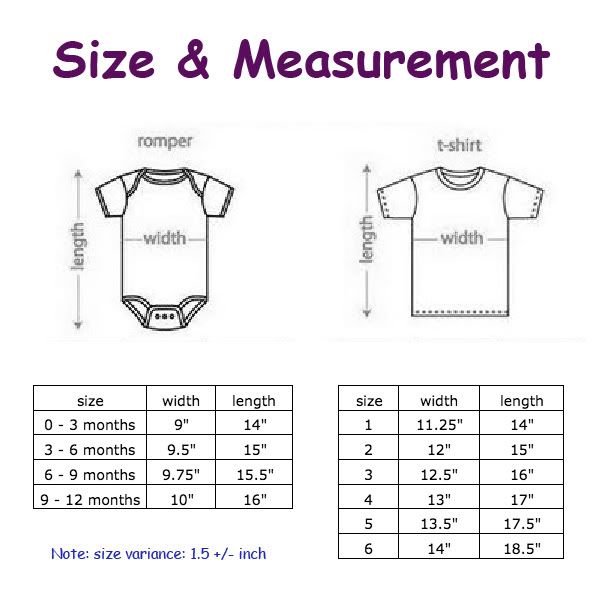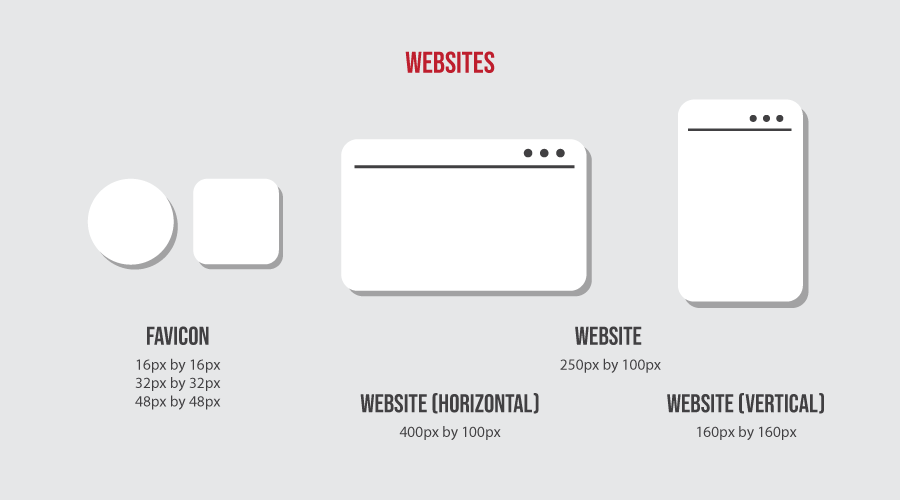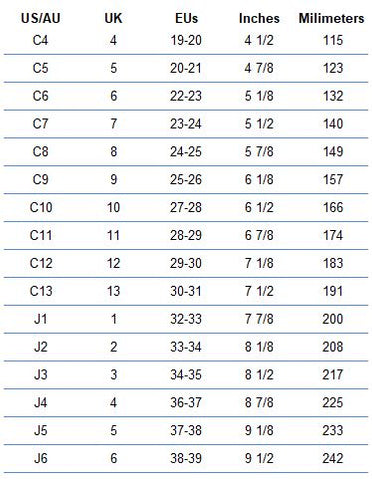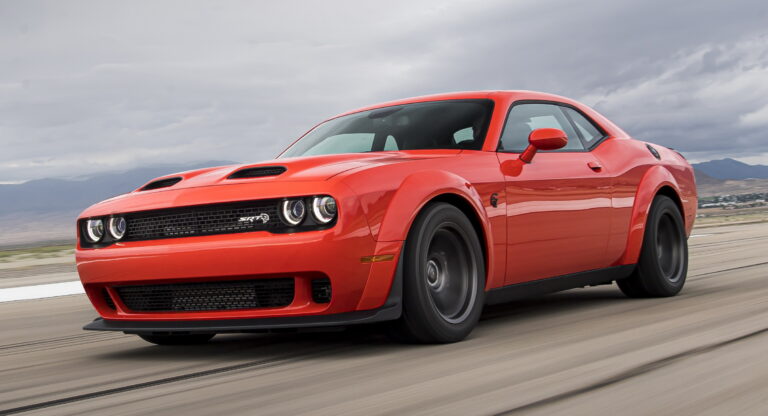What Size Truck Cap Fits Chevy Silverado Shortbox Truck: A Comprehensive Guide
What Size Truck Cap Fits Chevy Silverado Shortbox Truck: A Comprehensive Guide cars.truckstrend.com
The Chevy Silverado, a quintessential American pickup, is renowned for its rugged capability and versatile design. While the open truck bed offers unparalleled utility for hauling, it leaves your valuable cargo exposed to the elements, prying eyes, and potential theft. This is where a truck cap, also known as a truck topper or camper shell, becomes an indispensable accessory, transforming your pickup into a secure, weather-protected, and often more aerodynamic storage solution.
However, selecting the right truck cap isn’t a one-size-fits-all endeavor, especially when dealing with specific configurations like the Chevy Silverado "shortbox." The term "shortbox" itself can be a point of confusion, as bed lengths vary across Silverado generations and cab styles. This comprehensive guide will demystify the process, ensuring you find the perfect truck cap that fits your Chevy Silverado shortbox like a glove, maximizing its functionality and enhancing its aesthetics.
What Size Truck Cap Fits Chevy Silverado Shortbox Truck: A Comprehensive Guide
Understanding Your Silverado Shortbox: The Foundation of Fit
Before you even begin browsing truck cap options, the absolute most crucial step is to accurately identify and measure your specific Silverado’s bed dimensions. The term "shortbox" for a Chevy Silverado commonly refers to the shortest bed available for a given cab configuration, most notably the 5-foot, 8-inch (5’8") bed often paired with Crew Cab models. However, some extended cab or regular cab configurations might have a 6-foot, 6-inch (6’6") bed also referred to as a "short box" in comparison to the longer 8-foot standard or long box.
How to Measure Your Truck Bed Accurately:
- Bed Length: Measure from the inside front of your truck bed (where it meets the cab) to the inside rear of the bed (where it meets the tailgate). Do this measurement along the top edge of the bed rails. Be precise – even an inch can make a difference. For most Silverado shortboxes, you’ll likely measure approximately 69 inches (5’8") or 78 inches (6’6").
- Bed Width: While less critical for cap length fit, the width ensures the cap sits flush. Measure the inside width of your bed rails at the front, middle, and rear to confirm consistency. Truck cap manufacturers build their caps to match the specific width contours of each truck make and model.
- Bed Rail Height: Measure from the bottom of your bed rail to the top. This influences how "deep" the cap sits over the rails.

Why Accurate Measurement is Paramount:
Truck caps are engineered to fit specific truck makes, models, and bed lengths with precision. A cap designed for a different bed length will either be too short, leaving a gap, or too long, preventing your tailgate from closing. A cap designed for a different truck model might not align with your bed rail contours, leading to an improper seal, water leaks, or an unsightly appearance.
Key Dimensions for a Perfect Cap Fit

Once you’ve accurately measured your Silverado shortbox, you’re ready to understand how these dimensions translate to truck cap specifications.
-
Cap Length (The Most Critical):
- This dimension must match your truck bed length exactly. If your Silverado has a 5’8" bed, you need a 5’8" cap. If it’s a 6’6" bed, you need a 6’6" cap. There is no room for approximation here.
- Manufacturers will list their caps by the bed length they are designed to fit (e.g., "Chevy Silverado 1500 Crew Cab, 5’8" Bed").

-
Cap Width:
- Truck cap widths are typically designed to match the specific contours of the Silverado bed rails, including any slight tapering. You won’t usually choose a specific width, but rather ensure the cap model is explicitly for a Chevy Silverado of your generation.
-
Cap Height (A Matter of Preference and Utility):
- Cab-High Caps: These caps are designed to be flush with the height of your truck’s cab roof. They offer the most aerodynamic profile, a sleek factory look, and are excellent for protecting cargo without significantly altering the truck’s silhouette. They’re ideal for daily drivers and light cargo.
- Mid-Rise Caps: Rising a few inches above the cab, mid-rise caps offer additional vertical cargo space without being overly tall. They provide a good balance between increased utility and maintaining a relatively aerodynamic profile. Perfect for those who occasionally haul taller items.
- High-Rise / Commercial Caps: These caps extend significantly above the cab, maximizing interior cargo volume. Often used for commercial purposes, they may include side access doors, heavy-duty construction, and internal shelving options. While offering maximum utility, they are less aerodynamic and change the truck’s profile considerably.
-
Tailgate Compatibility:
- Modern truck caps are designed to integrate seamlessly with your tailgate, allowing it to open and close without interference. Some caps feature a "skirted" design that extends slightly over the tailgate, offering a cleaner look and better weather sealing.
Types of Truck Caps for Silverado Shortbox
Beyond size, truck caps come in various materials and designs, each offering distinct advantages:
- Fiberglass Caps: The most popular choice, offering a smooth, automotive-grade finish that can be painted to match your Silverado’s factory color. They are durable, offer good insulation, and come in a wide range of styles (cab-high, mid-rise, high-rise).
- Aluminum Caps: Lighter and often more rugged, aluminum caps are favored for commercial or heavy-duty use. They are typically less expensive than fiberglass and often come in a utilitarian, boxier design, sometimes with diamond plating.
- Soft/Canvas Caps: These are collapsible, lightweight, and offer temporary protection. They are the least secure but provide maximum flexibility for an open bed when needed. Less common for permanent solutions.
Benefits of a Properly Sized Truck Cap
Investing in a correctly sized truck cap for your Silverado shortbox offers numerous advantages:
- Superior Cargo Protection: Shields your gear from rain, snow, dust, and UV rays.
- Enhanced Security: Lockable caps deter theft, keeping your valuables safe.
- Increased Storage Volume: Adds significant vertical space, transforming your open bed into a large, enclosed trunk.
- Improved Fuel Economy: A properly fitted, aerodynamic cap can reduce drag, potentially leading to slight improvements in fuel efficiency (though this benefit is often debated and varies).
- Aesthetic Enhancement: A color-matched fiberglass cap can give your Silverado a sleek, integrated SUV-like appearance.
- Increased Resale Value: A well-maintained cap can add value to your truck when it’s time to sell.
Important Considerations Before Purchase
- Budget: Prices vary significantly based on material, features, and brand. Set a realistic budget.
- Intended Use: Will you be camping, hauling tools, or just protecting groceries? Your use case will dictate the ideal height and features.
- Features & Accessories:
- Windows: Sliding, pop-out, screened, dark tint.
- Interior Lighting: Battery-powered or wired into the truck’s electrical system.
- Roof Racks: For carrying bikes, kayaks, or ladders.
- Carpeted Interior: Reduces condensation and protects cargo.
- Power Locks: Integrate with your truck’s central locking system.
- Vents: For air circulation, especially if carrying pets.
- Manufacturer Reputation & Warranty: Stick to reputable brands like ARE, Leer, SnugTop, ATC, and Century. Check their warranty policies.
- Color Matching: If opting for fiberglass, ensure the dealer can match your Silverado’s factory paint code for a seamless look.
Installation Tips and Best Practices
While professional installation is always recommended for optimal fit and sealing, if you choose the DIY route:
- Prepare the Bed: Thoroughly clean the bed rails where the cap will sit. Remove any old sealant or debris.
- Weatherstripping: Apply the provided weatherstripping along the bottom edge of the cap to create a watertight seal.
- Get Help: Truck caps are heavy and awkward. Do not attempt to lift and position it alone. Enlist at least one, preferably two, strong helpers.
- Positioning: Carefully lower the cap onto the bed rails, ensuring it’s centered and flush.
- Clamping: Use the provided clamps to secure the cap to the bed rails. Do not overtighten, as this can warp the cap or bed rails. Tighten evenly.
- Wiring: If your cap has a third brake light or interior lights, carefully route and connect the wiring to your truck’s electrical system (often a simple tap into the taillight wiring harness).
- Test for Leaks: After installation, run water over the cap (e.g., with a hose) to check for any leaks. Address them immediately by adjusting the cap or adding more sealant.
Challenges and Solutions
- Mis-measurement: The most common issue. Solution: Always double-check your measurements. When in doubt, consult a professional truck accessory dealer who can verify your truck’s bed length.
- Bed Liner Interference: Some over-the-rail bed liners can prevent the cap from sitting flush. Solution: You may need to trim the bed liner or opt for an under-the-rail liner.
- Water Leaks: Can occur due to improper sealing or installation. Solution: Re-apply weatherstripping, check clamp tightness, and use silicone sealant in problematic areas.
- Tailgate Fit Issues: If the cap isn’t designed for your specific tailgate or generation, it might not close properly. Solution: Ensure the cap model is explicitly listed for your Silverado’s year, model, and bed length.
Estimated Price Range for Chevy Silverado Shortbox Truck Caps
Prices for truck caps can vary significantly based on brand, material, features, and regional market. The table below provides a general estimated price range for new caps suitable for a Chevy Silverado shortbox. Installation costs are often separate but can sometimes be included by the dealer.
| Cap Type | Common Features | Estimated Price Range (USD) | Notes |
|---|---|---|---|
| Fiberglass | |||
| Cab-High | Painted to match, front sliding window, rear locking handle, interior light. | $2,000 – $3,500+ | Most popular option; price increases with features like carpeted interior, roof racks, power locks, side windows. |
| Mid-Rise | Painted to match, more interior volume, front sliding window, rear lock. | $2,200 – $3,800+ | Good balance of aesthetics and utility; often slightly more than cab-high due to larger size. |
| High-Rise | Max cargo volume, sometimes with side access, interior light, robust build. | $2,500 – $4,500+ | Primarily for commercial or heavy recreational use; less aerodynamic. |
| Aluminum | |||
| Basic/Commercial | Unpainted, rugged utility design, rear door, often side access options. | $1,500 – $2,800+ | Lighter, durable, and more affordable; ideal for work trucks; can be noisy. |
| Soft/Canvas | Collapsible, lightweight, temporary protection, roll-up sides. | $500 – $1,200+ | Least secure and weatherproof but offers flexibility; often considered a tonneau cover alternative rather than a full cap. |
Note: These are estimated ranges for new caps. Used caps can be found for significantly less, but verify their condition and fit carefully.
Frequently Asked Questions (FAQ)
Q1: Can I use a truck cap from a different make or model of truck on my Chevy Silverado?
A1: Generally, no. Truck caps are specifically designed to fit the precise bed dimensions, rail contours, and tailgate width of a particular truck make, model, and bed length. Using a cap from a different truck will likely result in an improper fit, poor sealing, or an inability to close the tailgate.
Q2: Do truck caps negatively affect fuel economy?
A2: While some believe caps add weight and drag, many studies and anecdotal evidence suggest a properly fitted, aerodynamic cap (especially a cab-high one) can actually slightly improve fuel economy by smoothing out airflow over the truck bed, reducing drag. The effect is often negligible or positive.
Q3: How do I accurately measure my truck bed for a cap?
A3: Measure the length from the inside front edge of the bed to the inside rear edge (where the tailgate closes), along the top of the bed rails. Also, measure the width across the bed rails. Most Silverado shortboxes are either 5’8" or 6’6" long.
Q4: How long does it take to install a truck cap?
A4: Professional installation typically takes 1-3 hours, depending on the complexity of wiring (for lights, power locks) and any additional accessories. DIY installation can take longer, especially for first-timers.
Q5: Can I paint my fiberglass truck cap to match my Silverado’s color?
A5: Yes, absolutely. Most fiberglass caps are available pre-painted from the factory using your truck’s specific paint code, or they can be painted by a reputable body shop to match.
Q6: What’s the main difference between a cab-high and a mid-rise cap?
A6: The primary difference is height and interior cargo volume. A cab-high cap is flush with your truck’s roof, offering a sleek look and good aerodynamics. A mid-rise cap extends a few inches above the cab, providing noticeably more vertical space for taller items without being as tall as a high-rise commercial cap.
Q7: Are truck caps universal?
A7: No, truck caps are highly specific. They are designed to fit the exact make, model, year, and bed length of a particular truck. There is no such thing as a "universal" truck cap that fits all pickups.
Conclusion
Choosing the right truck cap for your Chevy Silverado shortbox is a decision that significantly impacts your truck’s utility, security, and appearance. The key to a perfect fit lies in understanding your specific Silverado’s bed dimensions – particularly whether it’s a 5’8" or 6’6" shortbox – and accurately measuring them. From there, consider your budget, intended use, and desired features to select the appropriate cap height, material, and accessories.
By taking the time to research, measure precisely, and consider all your options, you’ll ensure your investment pays off, transforming your Chevy Silverado into an even more versatile and capable vehicle, ready for whatever life throws its way. A well-chosen and properly fitted truck cap isn’t just an accessory; it’s an extension of your truck’s functionality and an enhancement to your driving experience.






